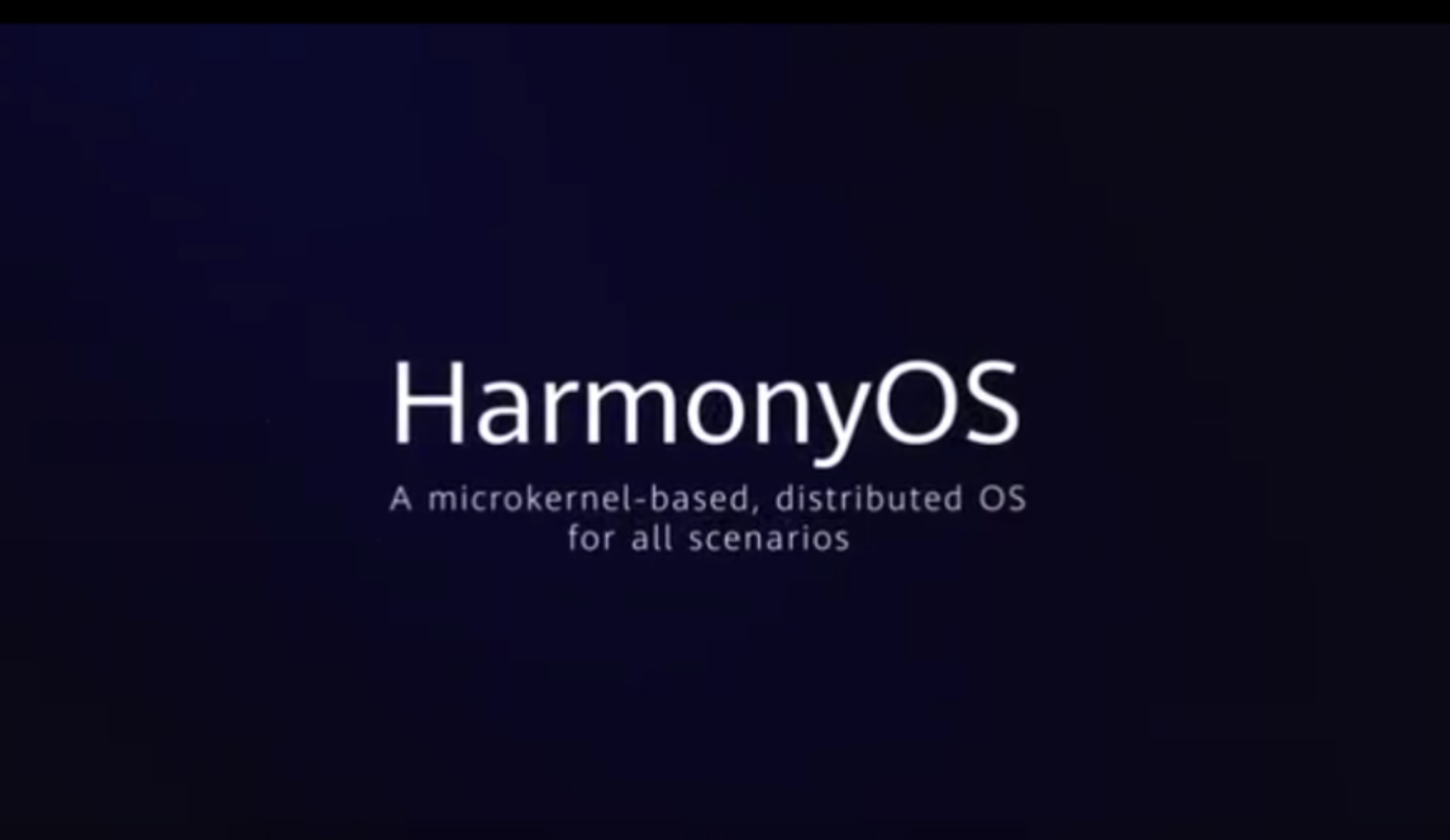Huawei officially reveals Harmony OS.
by Akianonymus
Posted on August 10, 2019 at 12:00 PM

In the city of Dongguan, China, Huawei finally took the wraps off its long-rumored, first-party operating system. The OS, called Harmony OS, has been in development for several years, but it is recently taken on a role as a key player in the Huawei contingency plan since the U.S. enacted a trade ban on the Chinese technology company. At the Huawei Developer Conference, Huawei finally shared the first details about its in-house OS, but the company was not ready to show off Harmony on smartphones just yet.

Harmony OS is microkernel-based, like Google’s in-development Fuchsia OS . Huawei says that Fuchsia uses a “non-distributed design,” unlike the new Harmony OS. Huawei says that this allows for flexible deployment of the new OS on various devices, easing app development in all scenarios. To justify both of these claims, Huawei brings up that it is “hard to deliver a smooth experience across different devices with [a] huge amount of [code] in Android and Linux core.” That’s because “multi-device interconnection [raises] requirements for security” and the “close-coupling between [the] app ecosystem and [the] hardware compromises [the] user experience and development efficiency.”

Huawei says that its new OS represents an entirely new generation of operating systems as it enables AI capability in different scenarios from PCs, tablets, and other domains. Huawei has already been internally testing its new operating system on multiple devices, though Richard Yu did not confirm if the foldable Huawei Mate X was among those test devices. Mr. Yu says that “many” partners have expressed interest in developing products with Harmony OS, but he declined to provide names of the interested parties.
We’ll learn more about Huawei’s new operating system this week at Huawei’s Developer Conference.